Wood Decay Fungi
Polyporaceae - fruiting bodies with pores. These can de separated into different genera:
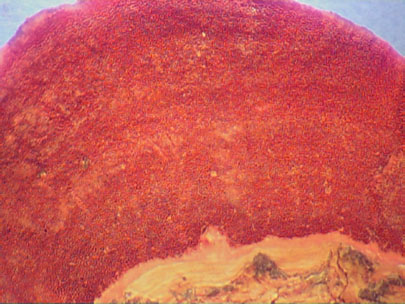
Polyporus - annual with pores. Pores are often small and a hand lens is needed to see them.
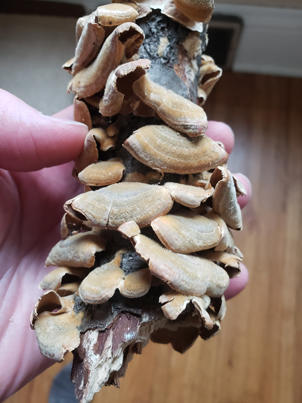
Polyporus are annual so they are usually thin and leathery
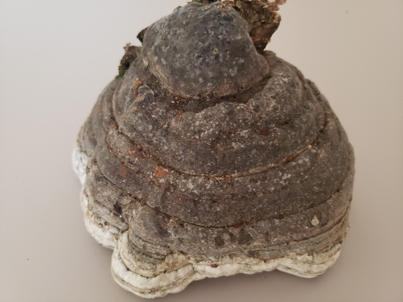
Fomes are perennial with pores and often hard and woody.
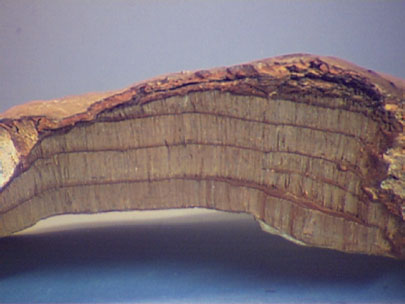
Here you can see a cross section with the annual layers that are produced each year. This Fomes appears to be 4 years old.
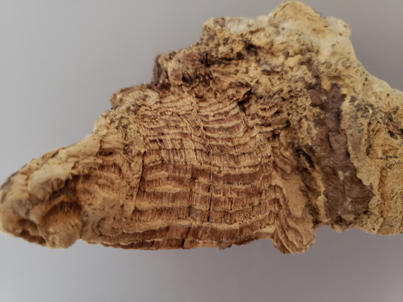
Here is another Fomes that was fruiting on a dead maple tree. The cross section show this to be over 20 years old.
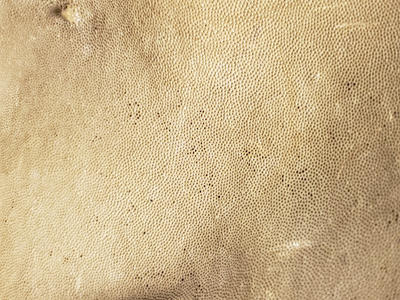
A close up taken with a cell phone is sufficient to see the pores on this Fomes fruiting body.
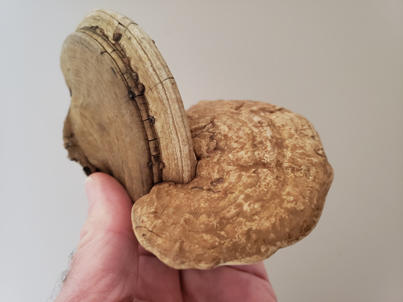
The perennial nature of these fruiting bodies shows that they are geotropic and produce the pore layers that always are oriented down. Here is a fruiting body that was on a tree that fell over. The next year's growth grew out in a different direction with pores on the lower surface facing down.
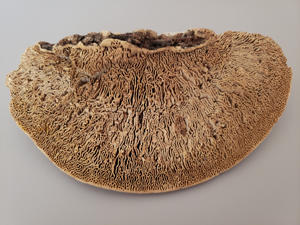
Daedalea has stretched or maze-like pores on the lower surface.
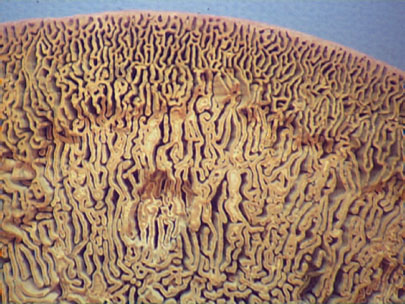
A higher magnification showing the stretched pores.
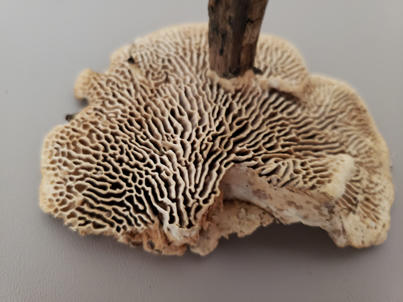
Another example of Daedalea with long pores.
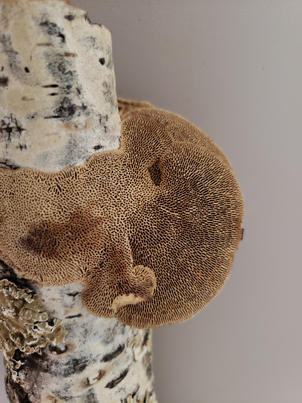
Different species of Daedalea have pores of varying sizes. This one has smaller pores but still elongated maze like.
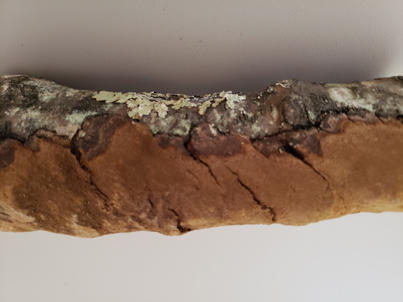
Poria are flat fruiting bodies with pores. Often form on the underside of branches or downed logs. Some of these can be perennial.
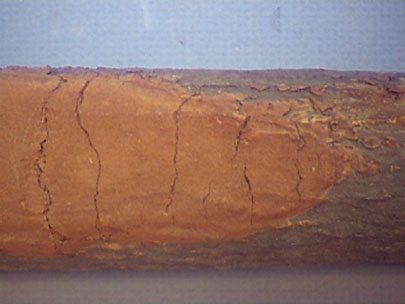
A higher magnification of another Poria.
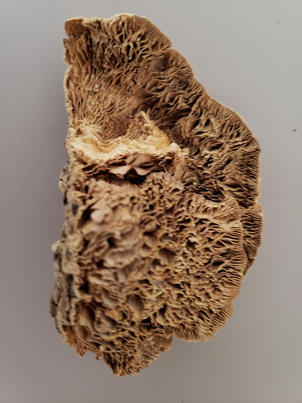
Lenzites have gill-like structures but these are produced on bracket fungi.
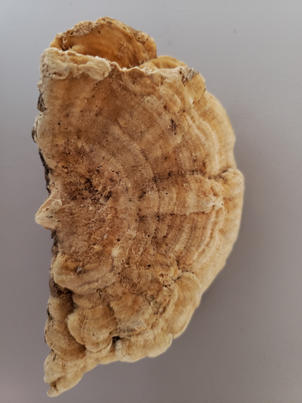
The top surface of the Lenzites looks like other bracket fungi like Polyporus.
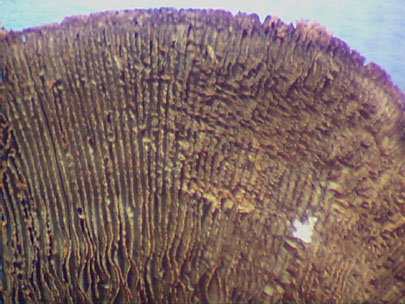
Another Lenzites with gill-like structures produced on a bracket fungus.